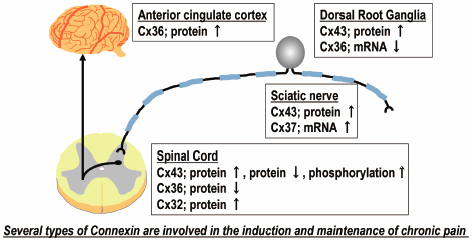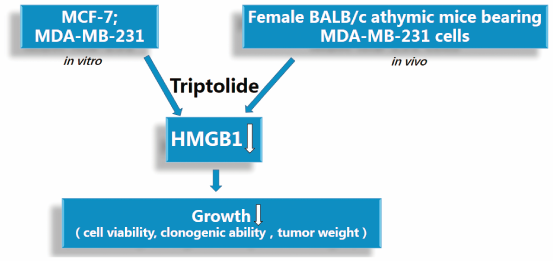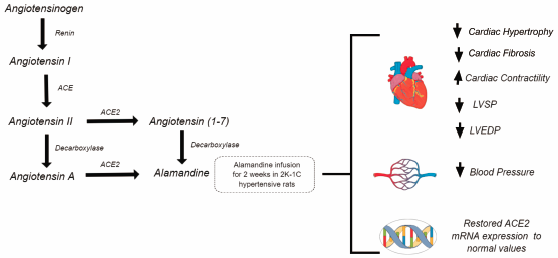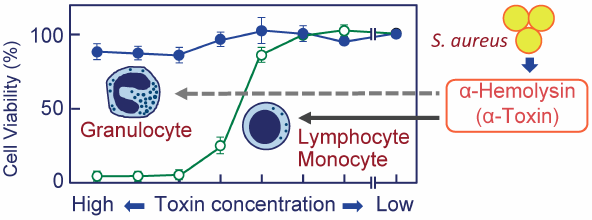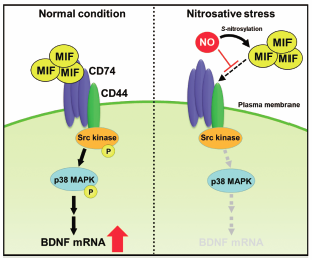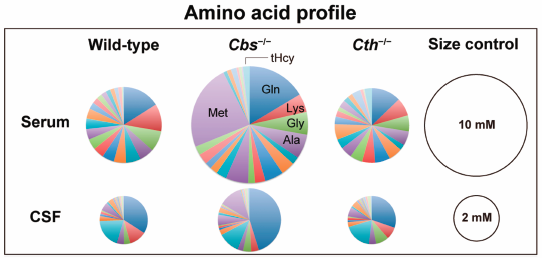42 巻, 6 号
選択された号の論文の30件中1~30を表示しています
- |<
- <
- 1
- >
- >|
Reviews
-
2019 年 42 巻 6 号 p. 857-866
発行日: 2019/06/01
公開日: 2019/06/01
PDF形式でダウンロード (448K) HTML形式で全画面表示 -
2019 年 42 巻 6 号 p. 867-872
発行日: 2019/06/01
公開日: 2019/06/01
PDF形式でダウンロード (1140K) HTML形式で全画面表示
Communication to the Editor
-
2019 年 42 巻 6 号 p. 873-876
発行日: 2019/06/01
公開日: 2019/06/01
PDF形式でダウンロード (430K) HTML形式で全画面表示
Regular Articles
-
2019 年 42 巻 6 号 p. 877-885
発行日: 2019/06/01
公開日: 2019/06/01
PDF形式でダウンロード (2040K) HTML形式で全画面表示 -
2019 年 42 巻 6 号 p. 886-891
発行日: 2019/06/01
公開日: 2019/06/01
[早期公開] 公開日: 2019/03/28PDF形式でダウンロード (1760K) HTML形式で全画面表示 -
2019 年 42 巻 6 号 p. 892-899
発行日: 2019/06/01
公開日: 2019/06/01
[早期公開] 公開日: 2019/04/06PDF形式でダウンロード (8844K) HTML形式で全画面表示 -
2019 年 42 巻 6 号 p. 900-905
発行日: 2019/06/01
公開日: 2019/06/01
[早期公開] 公開日: 2019/03/29PDF形式でダウンロード (1059K) HTML形式で全画面表示 -
2019 年 42 巻 6 号 p. 906-914
発行日: 2019/06/01
公開日: 2019/06/01
[早期公開] 公開日: 2019/03/30PDF形式でダウンロード (2168K) HTML形式で全画面表示 -
2019 年 42 巻 6 号 p. 915-922
発行日: 2019/06/01
公開日: 2019/06/01
[早期公開] 公開日: 2019/03/28PDF形式でダウンロード (1553K) HTML形式で全画面表示 -
2019 年 42 巻 6 号 p. 923-928
発行日: 2019/06/01
公開日: 2019/06/01
PDF形式でダウンロード (1158K) HTML形式で全画面表示 -
2019 年 42 巻 6 号 p. 929-936
発行日: 2019/06/01
公開日: 2019/06/01
PDF形式でダウンロード (753K) HTML形式で全画面表示 -
2019 年 42 巻 6 号 p. 937-943
発行日: 2019/06/01
公開日: 2019/06/01
PDF形式でダウンロード (755K) HTML形式で全画面表示 -
 2019 年 42 巻 6 号 p. 944-953
2019 年 42 巻 6 号 p. 944-953
発行日: 2019/06/01
公開日: 2019/06/01
Editor's pickLeukocyte migration across the blood-brain barrier (BBB) is a key step in the progression of brain dysfunction in systemic inflammation. The key regulatory molecules at the BBB involved in leucocyte-endothelial interaction would be promising druggable targets. Sato et al. have established the LC-MS/MS-based comprehensive absolute protein quantification system for the cluster of differentiation (CD) antigens and identified the key molecules at mouse BBB in lipopolysaccharide (LPS)-induced systemic inflammation based on their absolute protein expressions. Their findings should be helpful in the development of BBB-targeting drugs to block leukocyte migration associated with central nervous system disorders.
PDF形式でダウンロード (353K) HTML形式で全画面表示 -
2019 年 42 巻 6 号 p. 954-959
発行日: 2019/06/01
公開日: 2019/06/01
PDF形式でダウンロード (4356K) HTML形式で全画面表示 -
2019 年 42 巻 6 号 p. 960-967
発行日: 2019/06/01
公開日: 2019/06/01
[早期公開] 公開日: 2019/04/05PDF形式でダウンロード (4480K) HTML形式で全画面表示 -
2019 年 42 巻 6 号 p. 968-976
発行日: 2019/06/01
公開日: 2019/06/01
PDF形式でダウンロード (1078K) HTML形式で全画面表示 -
2019 年 42 巻 6 号 p. 977-981
発行日: 2019/06/01
公開日: 2019/06/01
PDF形式でダウンロード (743K) HTML形式で全画面表示 -
2019 年 42 巻 6 号 p. 982-988
発行日: 2019/06/01
公開日: 2019/06/01
PDF形式でダウンロード (771K) HTML形式で全画面表示 -
2019 年 42 巻 6 号 p. 989-995
発行日: 2019/06/01
公開日: 2019/06/01
PDF形式でダウンロード (1861K) HTML形式で全画面表示 -
2019 年 42 巻 6 号 p. 996-1003
発行日: 2019/06/01
公開日: 2019/06/01
PDF形式でダウンロード (1418K) HTML形式で全画面表示 -
2019 年 42 巻 6 号 p. 1004-1012
発行日: 2019/06/01
公開日: 2019/06/01
PDF形式でダウンロード (1961K) HTML形式で全画面表示 -
2019 年 42 巻 6 号 p. 1013-1018
発行日: 2019/06/01
公開日: 2019/06/01
PDF形式でダウンロード (1330K) HTML形式で全画面表示 -
2019 年 42 巻 6 号 p. 1019-1024
発行日: 2019/06/01
公開日: 2019/06/01
PDF形式でダウンロード (721K) HTML形式で全画面表示
Notes
-
2019 年 42 巻 6 号 p. 1025-1029
発行日: 2019/06/01
公開日: 2019/06/01
PDF形式でダウンロード (539K) HTML形式で全画面表示 -
2019 年 42 巻 6 号 p. 1030-1033
発行日: 2019/06/01
公開日: 2019/06/01
PDF形式でダウンロード (544K) HTML形式で全画面表示 -
2019 年 42 巻 6 号 p. 1034-1037
発行日: 2019/06/01
公開日: 2019/06/01
PDF形式でダウンロード (428K) HTML形式で全画面表示 -
2019 年 42 巻 6 号 p. 1038-1043
発行日: 2019/06/01
公開日: 2019/06/01
PDF形式でダウンロード (826K) HTML形式で全画面表示 -
2019 年 42 巻 6 号 p. 1044-1047
発行日: 2019/06/01
公開日: 2019/06/01
PDF形式でダウンロード (494K) HTML形式で全画面表示 -
2019 年 42 巻 6 号 p. 1048-1053
発行日: 2019/06/01
公開日: 2019/06/01
PDF形式でダウンロード (554K) HTML形式で全画面表示 -
2019 年 42 巻 6 号 p. 1054-1057
発行日: 2019/06/01
公開日: 2019/06/01
PDF形式でダウンロード (325K) HTML形式で全画面表示
- |<
- <
- 1
- >
- >|

